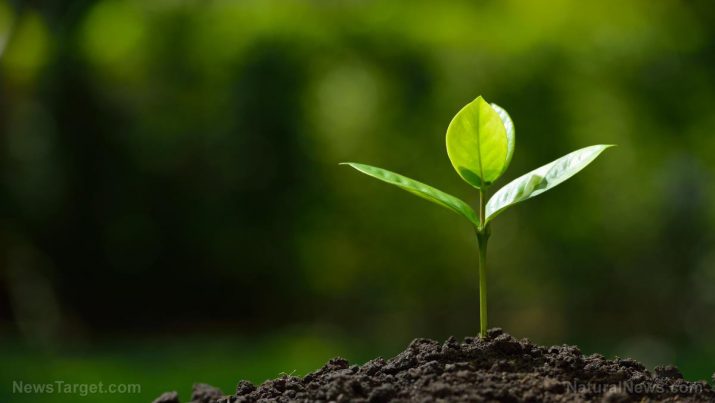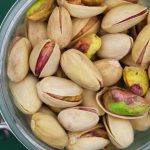
Cover crops help farmers maintain soil health and biodiversity by protecting carbon content
Wednesday, August 08, 2018 by Ralph Flores
http://www.realsciencenews.com/2018-08-08-cover-crops-help-farmers-maintain-soil-health-and-biodiversity.html

Cover crops have long been recognized for its benefits – they can reduce erosion, reduce nitrogen leaching, and improve overall soil health. However, they can also be used to attenuate the effects of crop residue removal in the soil, according to researchers from the University of Nebraska-Lincoln. The study, which was published in Agronomy Journal, comprehensively reviewed data regarding how cover crops affect the soil following crop residue removal.
The practice of crop residue removal involves taking out materials often considered “trash” or agricultural waste from the plot. While the process is common, recent developments have made crop residues a valuable commodity with its many uses. In particular, the ethanol industry uses crop residue as a feedstock for the production of cellulosic ethanol – a second-generation biofuel that has a lesser impact on the food chain compared to edible feedstock biofuel like corn.
Another use that crop residues have is for animal feed. In some areas, cattle are put in cornfields after harvest to graze on whatever is left on the field. The residues can also be harvested and stored as an additional food source for livestock during winter. Moreover, some residues like small grains can be used for livestock bedding.
However, when the plot is repeatedly exposed to crop residue removal, it reduces the level of organic carbon in the soil. An earlier study in Biomass and Energy concluded that crop residue removal has the greatest impact on soils in tropical arid areas because it significantly reduces soil organic carbon, which affects crop yield.
In this study, the researchers reviewed the effects of corn residue removal on the soil organic carbon levels and other properties. The team collected other studies that discussed the impact of cover crops after crop residue removal. In particular, the effect of cover crops on the level of soil organic carbon was discussed, as well as those that list the challenges and opportunities of the practice.
A cover crop is usually planted “to slow erosion, improve soil health, enhance water availability, smother weeds, help control pests and diseases, and increase biodiversity” to a farm. Aside from these benefits, cover crops can also increase yield and make the soil resistant to extreme conditions such as intense rainfall or drought. (Related: Plant this tasty winter cover crop to increase next year’s vegetable yields with no chemicals.)
Based on the results, the team posited that cover crops could offset at least part of the soil organic carbon that was lost during crop residue removal. In their review, they noted that crop residue removal is linked to the decrease in soil organic carbon. When more than 50 percent of crop residue is removed from the land, the level of soil organic carbon is reduced by 0.87 megagrams per hectare per year. In cases where less is removed, it can still result in a loss of at least 0.31 megagrams per hectare per year. However, when cover crops are applied, it was able to increase the level of soil organic carbon by 0.49 megagrams per hectare per year.
Researchers acknowledged that the results of their study indicate that cover crops can mitigate damage to soil organic carbon from crop residue removal, but they also said that further studies are needed to determine its effects in specific regions. “While opportunities exist to integrate residue removal with CC [cover crop] use, challenges including low CC biomass and reduction in crop yield in water-limited regions must be addressed,” they added. “Further research on interactive effects of CC and residue removal is needed across different cropping systems and climates.”
Learn even more benefits of cover crops and other natural farming methods by heading to Harvest.news today.
Sources include:
Tagged Under: Tags: agricultural waste, agriculture, biofuel production, carbon content, carbon loss, cover crops, crop residue, farming, goodscience, livestock, organic carbon, research, soil, soil biodiversity, soil health, soil nutrient, soil organic carbon





